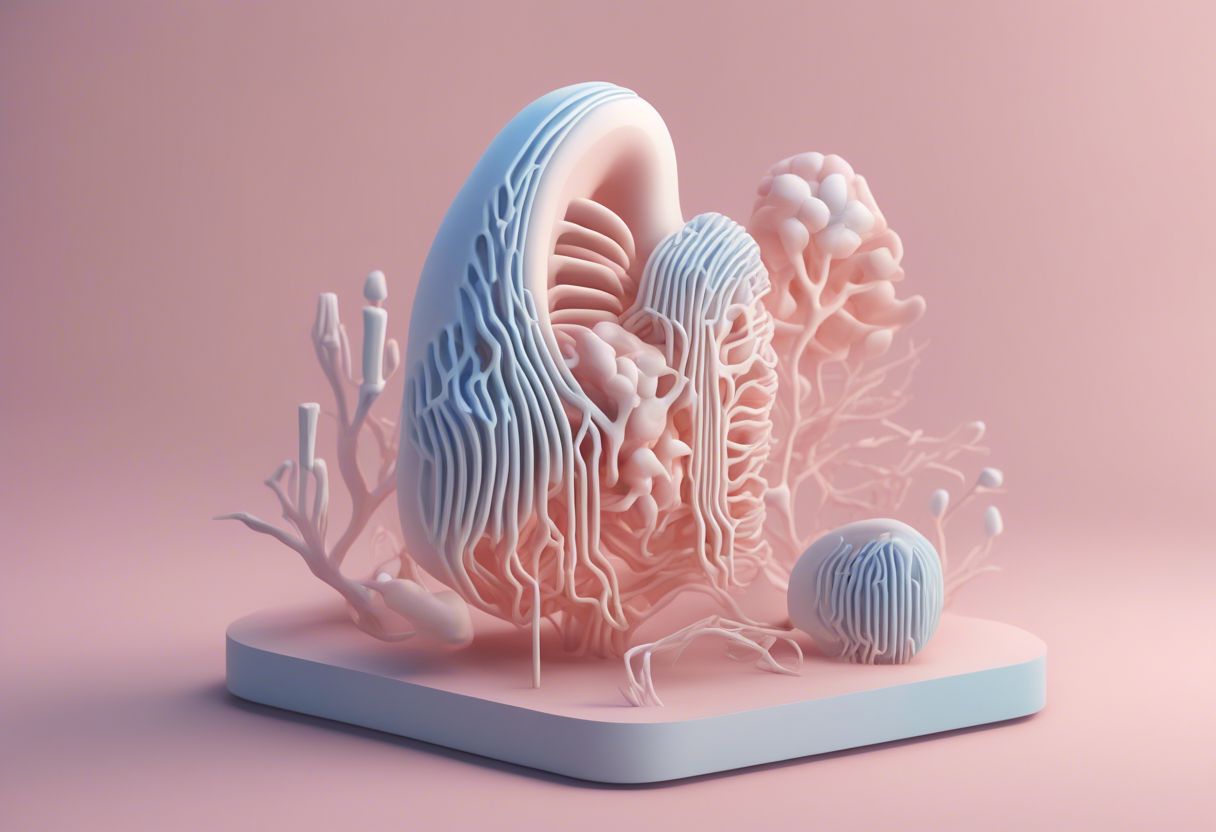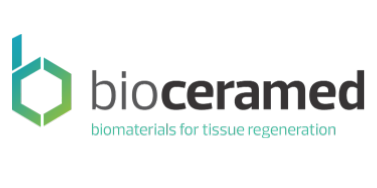Bioprinting, a revolutionary technology in the field of regenerative medicine, is making significant strides in 2024. This technology involves the layer-by-layer deposition of cells and biomaterials to create complex tissue structures and organs. Here are the latest advancements in bioprinting:
1. Multi-Material Bioprinting
Multi-material bioprinting allows for the simultaneous printing of different cell types and biomaterials, closely mimicking the complexity of natural tissues. Researchers are now able to create tissues with intricate structures and varying stiffness, which is crucial for functional tissue engineering.
Example
- Source: Science Daily
2. 3D Printed Organs for Transplantation
One of the most ambitious goals of bioprinting is to create fully functional organs for transplantation. Significant progress has been made in printing organs such as kidneys, livers, and hearts. While these printed organs are not yet ready for clinical use, they hold promise for addressing the organ donor shortage.
Example
- Source: Nature Biotechnology
3. Bioinks with Enhanced Properties
Bioinks, the materials used in bioprinting that contain living cells, have seen substantial advancements. New formulations include bioinks with improved biocompatibility, printability, and mechanical properties. These advancements are crucial for the stability and functionality of printed tissues.
Example
- Source: Advanced Healthcare Materials
4. In Situ Bioprinting
In situ bioprinting refers to the direct printing of cells and biomaterials onto or into the human body. This technology is being developed for applications such as wound healing and surgical implants, where bioprinting can be performed directly at the site of injury.
Example
- Source: Biofabrication Journal
5. Bioprinted Skin and Bone
Bioprinted skin is being developed for applications in wound healing and burn treatment. These bioprinted skin grafts can be customized to the patient’s specific needs, promoting better integration and healing. Similarly, bioprinted bone scaffolds are being used to support bone regeneration and repair.
Example
- Source: Journal of Tissue Engineering
6. Advanced Imaging and Monitoring Techniques
New imaging and monitoring techniques are being integrated with bioprinting processes to ensure the quality and functionality of printed tissues. Techniques like real-time imaging and non-invasive monitoring help in optimizing the bioprinting process and ensuring the viability of printed tissues.
Example
- Source: Journal of Biomedical Optics
7. Regulatory and Ethical Considerations
As bioprinting technology advances, there are increasing discussions about the regulatory and ethical considerations of creating and using bioprinted tissues and organs. Ensuring the safety, efficacy, and ethical use of bioprinted products is crucial for their clinical application.
Example
- Source: Regenerative Medicine Journal
Conclusion
Bioprinting is rapidly advancing, with significant developments in multi-material printing, organ fabrication, improved bioinks, and in situ applications. These innovations are paving the way for bioprinted tissues and organs to become a viable solution for regenerative medicine, potentially transforming patient care. For more detailed information and latest research updates, visit the sources mentioned above.




































